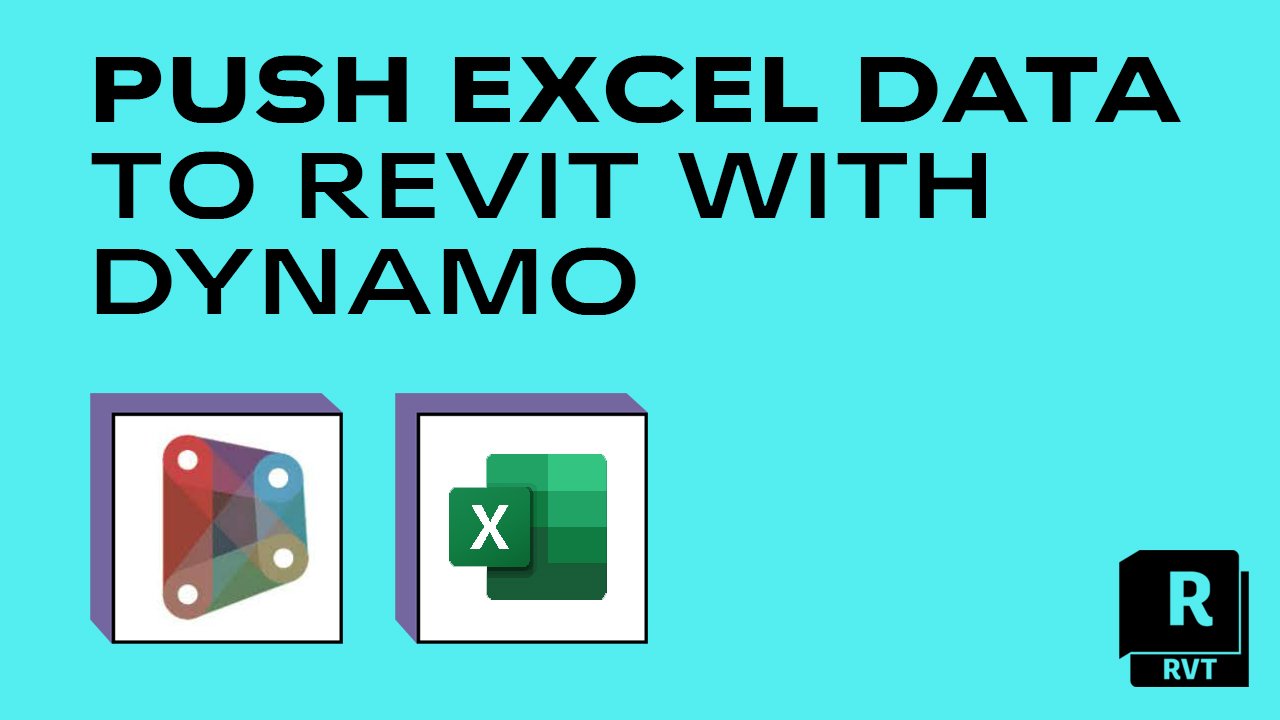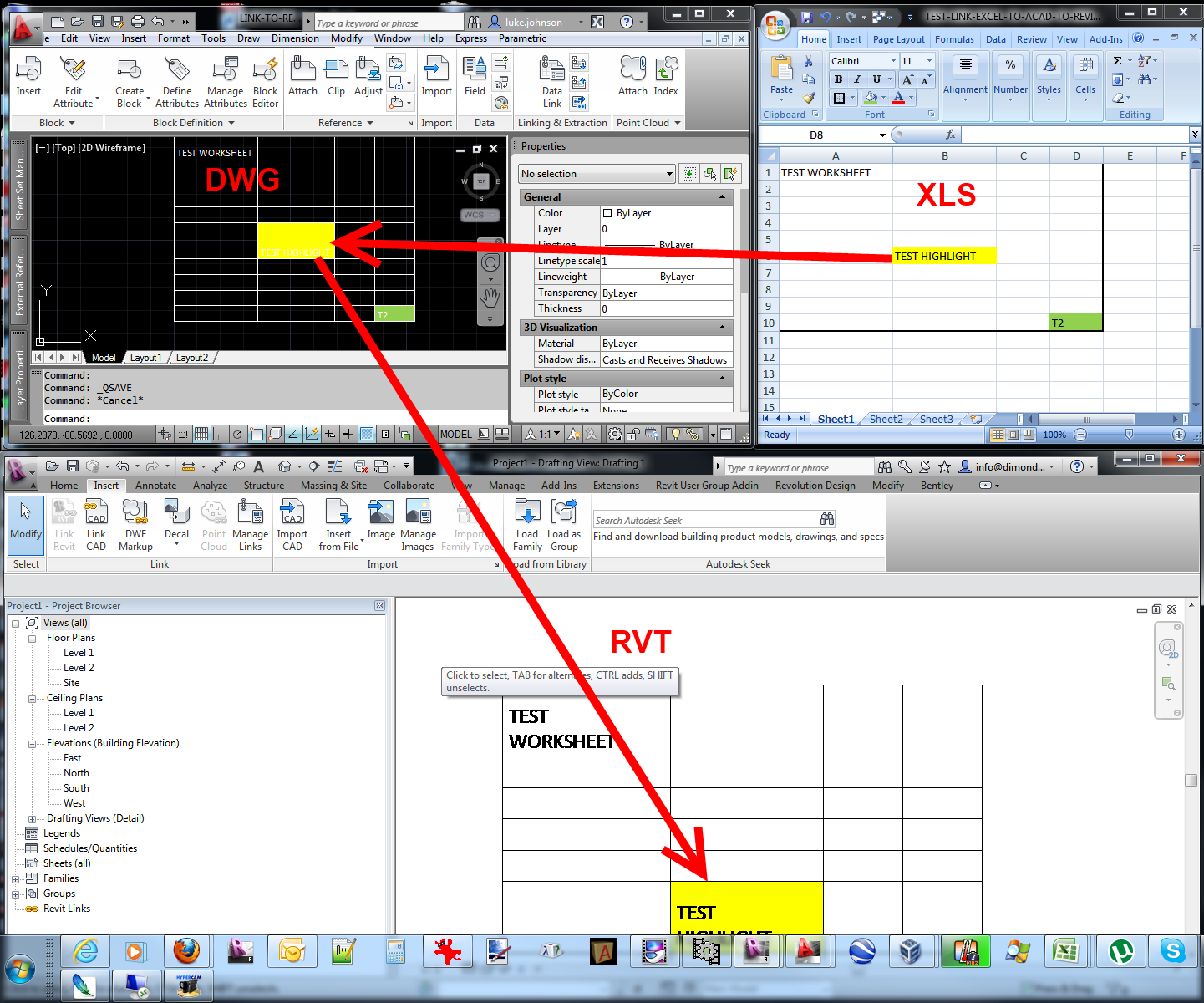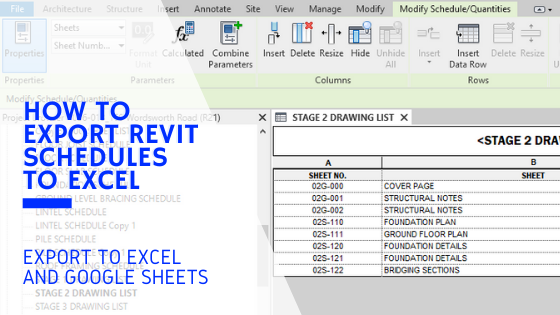Breaking Obstacles: Excel Importation Techniques for Advanced Revit Users
Discover numerous data importation techniques and master Excel integration to boost your Revit modeling abilities. With our tricks and ideas, you can overcome importation difficulties and end up being a real specialist in making use of Excel for your Revit jobs.
Advanced Revit Users: Leveraging Excel for Importation
You can easily leverage Excel for importation as an advanced Revit user. Excel is a powerful tool that can considerably improve your workflow and performance in Revit. With its capability to deal with large amounts of information and perform complicated computations, Excel can be an important asset in managing and arranging your task details.
One means to utilize Excel for importation is by utilizing the "Link Excel" function in Revit. This attribute enables you to link an Excel spreadsheet directly into your Revit job, enabling you to upgrade and integrate data in between both programs. When dealing with timetables or tracking adjustments in your job., this can be particularly helpful.
An additional way to use Excel is by utilizing the "Import/Export" feature in Revit. This function permits you to import and export data between Revit and Excel, offering you the versatility to collaborate with information in both programs. You can import data from Excel into Revit to produce aspects such as doors, areas, or wall surfaces, and you can additionally export data from Revit to Excel for further analysis or coverage.

Exploring Data Importation Approaches in Revit Making Use Of Excel
Discovering how to import information from Excel into Revit uses effective techniques for integrating info. When you import data from Excel, you can effortlessly transfer data such as area timetables, product listings, and devices data into your Revit project. This procedure allows you to save effort and time by preventing hand-operated data access.
To import information from Excel right into Revit, you can utilize the "Import/Export" function. This feature enables you to map the Excel data fields to the equivalent Revit specifications, making sure that the info is correctly designated within the model. By selecting the appropriate import options, you can regulate how the data is imported and just how it engages with your task.
One more technique for importing information from Excel right into Revit is by utilizing Eager beaver. Eager beaver is a visual shows tool that integrates with Revit and enables you to automate process and tasks. With Eager beaver, you can develop personalized scripts that import information from Excel and manipulate it within your Revit project. This technique offers much more flexibility and customization options.
Mastering Excel Integration for Advanced Revit Modeling
Understanding Excel combination for innovative Revit modeling includes utilizing reliable methods to flawlessly move data and automate jobs within your job. By using the power of Excel, you can improve your Revit modeling workflow and conserve important time. One crucial method is importing information from Excel spreadsheets directly right into your Revit version. This permits you to populate criteria, such as space names or material amounts, with simplicity. With a couple of straightforward actions, you can map the Excel columns to the matching Revit specifications and import the information properly.
An additional helpful method is exporting data from Revit to Excel. This allows you to remove info from your version, such as timetables or material quantities, and assess it in Excel making use of formulas, charts, or various other effective devices. By leveraging the capacities of Excel, you can perform complicated estimations, produce personalized reports, and gain important insights right into your job.
In enhancement to information transfer, Excel integration can automate repeated tasks in Revit. By creating macros or manuscripts in Excel, you can automate procedures like developing views, producing sheets, or using conventional families - revit plugins. This not only conserves time but likewise ensures consistency across your task
To understand Excel assimilation in Revit, it is vital to comprehend the information structure and exactly how Revit connects with Excel. By acquainting on your own with the offered devices and strategies, you can open the complete possibility of Excel combination and take your Revit modeling to the next level.
Conquering Importation Difficulties: Excel Techniques for Revit Experts
When overcoming importation challenges, it's important to be acquainted with effective Excel techniques that can benefit specialists in Revit. As a sophisticated Revit customer, you recognize the value of perfectly importing data from Excel into your jobs.

One more useful technique is using the Click This Link "Transpose" function in Excel. This permits you to transform information from rows to columns or vice versa. When importing information into Revit, this can be specifically helpful when you have information in a vertical format in Excel, yet you need it to be in a straight layout in Revit.
Additionally, using Excel formulas such as VLOOKUP and INDEX-MATCH can greatly assist in mapping information from Excel to Revit. These solutions enable you to look for specific values in Excel and obtain matching information from one more column. This can save you effort and time when importing large datasets right into Revit.
Excel Information Importation Advice for Advanced Revit Users
By familiarizing yourself with efficient Excel tips and tricks, you can enhance your information importation process as a sophisticated customer of Revit. In addition, making use of Excel's "Paste Unique" function allows you to paste information from Excel right into Revit while keeping format, such as cell color or font style. One more handy method is to utilize Excel's "Locate and Replace" function to rapidly make modifications to your information prior to importing it right into Revit.
Conclusion
You have currently learned important strategies for importing data from Excel into Revit as a sophisticated individual. By leveraging the power of Excel integration, you can simplify your modeling procedure and get rid have a peek at these guys of any kind of importation tests that might emerge. With these pointers and methods, you will certainly be able to grasp data importation and enhance your Revit skills. Go in advance, break those obstacles and succeed in your Revit projects!

When importing information right into Revit, this can be especially handy when you have data in a vertical format in Excel, yet you require it to be in a straight layout in Revit.
Furthermore, using Excel solutions such as VLOOKUP and INDEX-MATCH can greatly aid in mapping information from Excel to Revit. In addition, making use of Excel's "Paste Unique" attribute enables you to paste information from Excel into Revit while preserving format, this website such as cell color or font design.